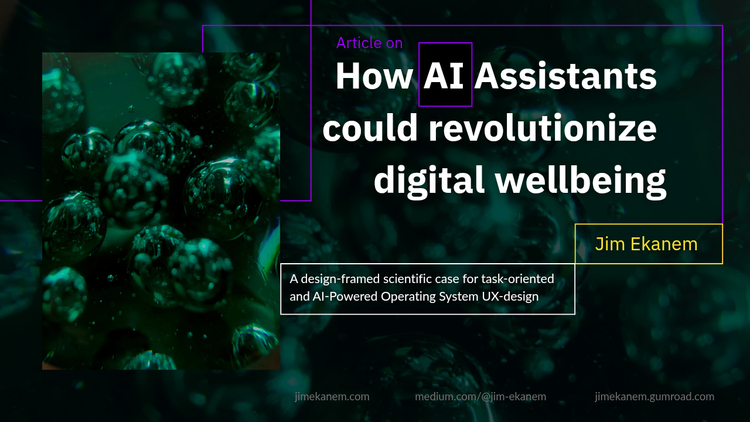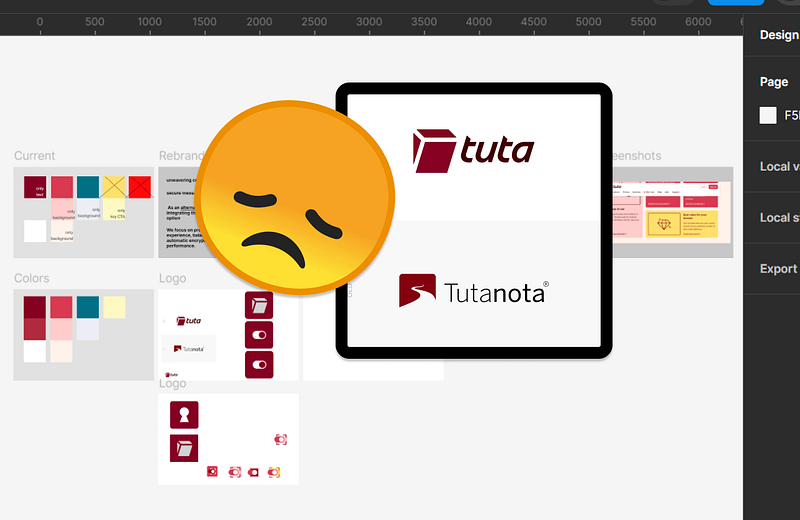Untangling Business Challenges in a Creative Workshop

Main Takeaways
- The playful approach using Lego made problem-solving around reoccuring ‘heavy’ topics accessible and enjoyable. It was experienced ‘like a breath of fresh air’
- Including mindfulness exercises at the start of the workshop helped to switch the participant’s mindstate from being seriously deep in thought to finding gratitude for the present moment
Project Brief
About The Explore Practice
Ummi Yanuba is a professional dancer and Trauma Release Exercise Provider based in Amsterdam. As the founder of The Explore Practice, she facilitates guided movement sessions in which participants connect deeply with the world inside and around them. Here’s how she describes it:
With music and through movement we tap into the continuous flow of energy that we share. With curiosity we allow ourselves to listen to what is already there. While observing and reflecting on hidden judgements, expectations, and other ways in which we may hold ourselves back from feeling safe and free to express, we come closer to what we need in the moment. So that eventually, we leave the sessions feeling more free, more connected, empowered, and more at home in our bodies and with each other. ummiyanuba.com
The Explore Practice is a growing business that aims to serve society as a whole. It is Ummi’s goal to practice her passion full-time while keeping the services (financially) accessible to everyone. The theoretical framework behind The Explore Practice is constantly honed and shared with different interest groups on various platforms. There’s a Whatsapp Community, a Website, an Instagram account, and advertising flyers in stores. This structure implicates various responsibilities for the founder who is occasionally supported by her partner Daan with updating the communication channels or to spar about new ideas.
Challenge
Ummi: “Explore is really one of my passions. And bringing it into practicality has also brought a lot of concerns and issues that sometimes distract from what I really love to do. Which is working with the people.”
The practice has existed for almost 3 years now. The challenges in running a passion-led self-owned business next to dancing professionally are highly complex. There’s a net of tightly interwoven dynamics ranging from the fun stuff like giving day-to-day sessions and teachings, to community building. But there are also challenges such as balancing personal goals, managing taxes, learning online marketing, or customizing HTML code on the website. In a fast-paced world, the additional responsibilities can become stressful which makes it more difficult to grow the business while systemizing activities in a sustainable way.
Workshop Goal
The goal of this workshop was to identify and prioritize challenges that inhibit the growth of The Explore Practice as well as impact the well-being of everyone involved negatively.

Workshop Activities
Agenda
1 Check-in & Meditation
The workshop began with a guided meditation to help participants arrive in the meeting space that they had never set foot in before. Furthermore, the purpose of mindfulness-based exercises in my workshops is to ground people and allow them to arrive in the moment regardless of how their day or week went up until this point. After the meditation participants were invited to eat or drink while the agenda was presented to them. Here’s how Daan reflected on the Meditation:
“I think this morning, already, […] I felt very pensive, like very in my head. And now I’m thinking: Is that related to the idea that I was already anticipating, like, how am I actually going to navigate this [workshop]? What I think is indeed really nice, [are] these little moments [in your guided meditation where you say], ‘but instead focus on on the fact that the sun is shining‘. [These moments] kind of get you out of that state of mind. And I think it’s really important to highlight that the subtopics [of a project] can get people in their head before [the workshop] just because of the notion that there will be a meeting later in the day.”
2 Lego introduction
Next, it was time for the participants to familiarise themselves with the Lego set. Very simple exercises were given to reintroduce how to build blocks to represent a construct from your imagination.
3 Individual Model Building of The Explore Practice
After the participants built a small Lego object, they were ready to start building a representation of the explore practice. This included its values, members, story, emerging future, digital platforms, and so on. As a Facilitator, I supported the individual building phase with careful prompts to inspire high levels of completeness and abstraction in the model.
4 Discussion, and Affinity Mapping with Post-It’s
Once the models were built, it was time for the participants to share and discuss with each other. As a Facilitator prompting is crucial in this phase because it helps participants go deeper into the story and the emotions underlying their model. I am convinced that my background as a UX Designer and thus my experience with conducting countless of interviews and usability tests helps me ask better questions in those situations.
5 Check-Out & Next Steps
At the end of the session, all workshop activities and preliminary results are summarized and mirrored to the participants. Furthermore, priorities and next steps are discussed. Feedback was collected after the workshop in the form of a short semi-structured interview.
Why Lego?

What I really liked was that it felt super approachable and playful to dive into it […] it’s not as if the actual problem changes, but the fact that you can approach it in a playful way helps a lot!
In the Modeling phase, the participants were instructed to build a model of The Explore Practice and specifically include people, ideas, technologies, projects, communities, cultures, companies, characteristics, and the connections between them.
Playing is easy
Everyone knows how to play and most of us know Lego already. There is no right or wrong way to build and therefore, possibilities to express ourselves are endless. Building something with Legos is not just a mental experience, it is a haptic experience, even auditory if curiosity leads us that far (if you’re using my Legos we stop before gustatory though). When our senses are engaged in an activity we memorise it better. This was evident as the participants recalled their stories in the discussion part of the workshop. They had no trouble recalling what certain blocks symbolized and why it was placed in a certain position. Even as I write this article I can easily recall the meaning of the models that I didn’t even build because they came with a story and with emotions.
Success depends on hearing all voices in the room


One evident thing is that using Lego turns everyone at the table into a great storyteller. When everyone builds their model and tells its story all perspectives (models) become equally valid and are listened to more attentively. This primarily informs everyone about a system and its actors in a more complete way. Additionally, it provokes reflection in the participants who are listening, as they are presented with a new layer of system dynamics that they previously might not have drawn a connection to with their role or with their actions.
Back to reality: Affinity Mapping

A picture says more than a 1000 words and so does a Lego Model. However, when we want to come up with a plan of action or prioritize business activities, we must leave the abstract realm and formulate clear concepts and definitions that everyone in the room sees the same. Affinity Mapping (using post-its) is perfect for this as it requires participants to naturally cluster the concepts in the same moment in which they translate them from their model into words on a Post-it. In this step, the Facilitator must listen attentively and be quick to write down one or two keywords for each aspect of a participant's story. Sidenote: This is a step in which I predict AI to be of great help in the future.
Having completed the affinity mapping, now priorities could be set to progress toward the workshop goal of identifying the key challenges to solve in the eyes of the participants.
Outcome: Each participant came up with 3 key challenges that we (including me) will all reflect on. For me, this includes thinking about which problem-solving process can I best support with my unique background in UX-Design, Fitness Training, and Entrepreneurship. This first workshop will be followed up with a second workshop that serves to understand the most important challenge and help the participants come up with actionable steps to solve their most pressing business problem.


Links & Further Readings
Are you interested in creative problem-solving workshops for your startup, scale-up, or R&D? Send me a message on LinkedIn: Link
Ummi Yanuba’s The Explore Practice: Link
Read about how I designed a tailored workshop for 40 UX Designers:

Read about my prototypical Lego Serious Play online Workshop for Miro:






